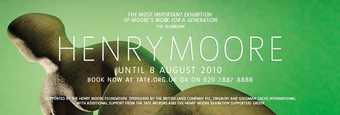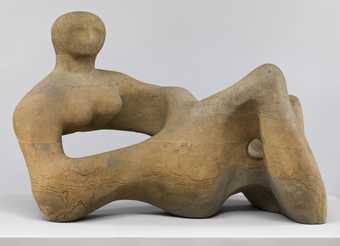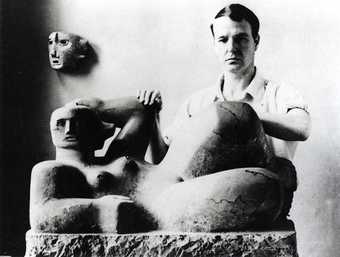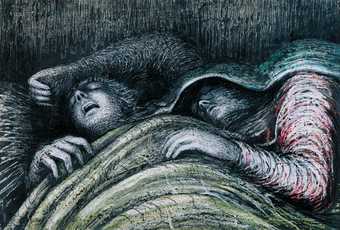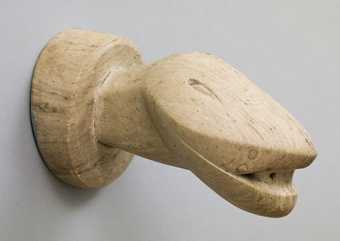Radical, experimental and avant-garde, Henry Moore (1898–1986) was one of Britain’s greatest artists. This stunning exhibition takes a fresh look at his work and legacy, presenting over 150 stone sculptures, wood carvings, bronzes and drawings.
Moore rebelled against his teachers’ traditional views of sculpture, instead taking inspiration from non-Western works he saw in museums. He pioneered carving directly from materials, evolving his signature abstract forms derived from the human body. This exhibition presents examples of the defining subjects of his work, such as the reclining figure, mother and child, abstract compositions and drawings of wartime London. The works are situated in the turbulent ebb and flow of twentieth-century history, sometimes uncovering a dark and erotically charged dimension that makes us look at them in a new light. The trauma of war, the advent of psychoanalysis, new ideas of sexuality, primitive art and surrealism all had an influence on Moore’s work.
Highlights of the show include a group of key reclining figures carved in Elm, which illustrate the development of this key image over his career. Moore was an Official War Artist and his drawings of huddled Londoners sheltering from the onslaught of the Blitz captured the popular imagination, winning him a place in the hearts of the public. Don’t miss this fantastic opportunity to truly understand this artist’s much-loved work / Britain’s most successful sculptor.
Visit Henry Moore's sculpture studios, home and gardens at Perry Green, Hertfordshire, and the Henry Moore Institute in Leeds. Both are part of The Henry Moore Foundation, set up by the artist in 1977.

